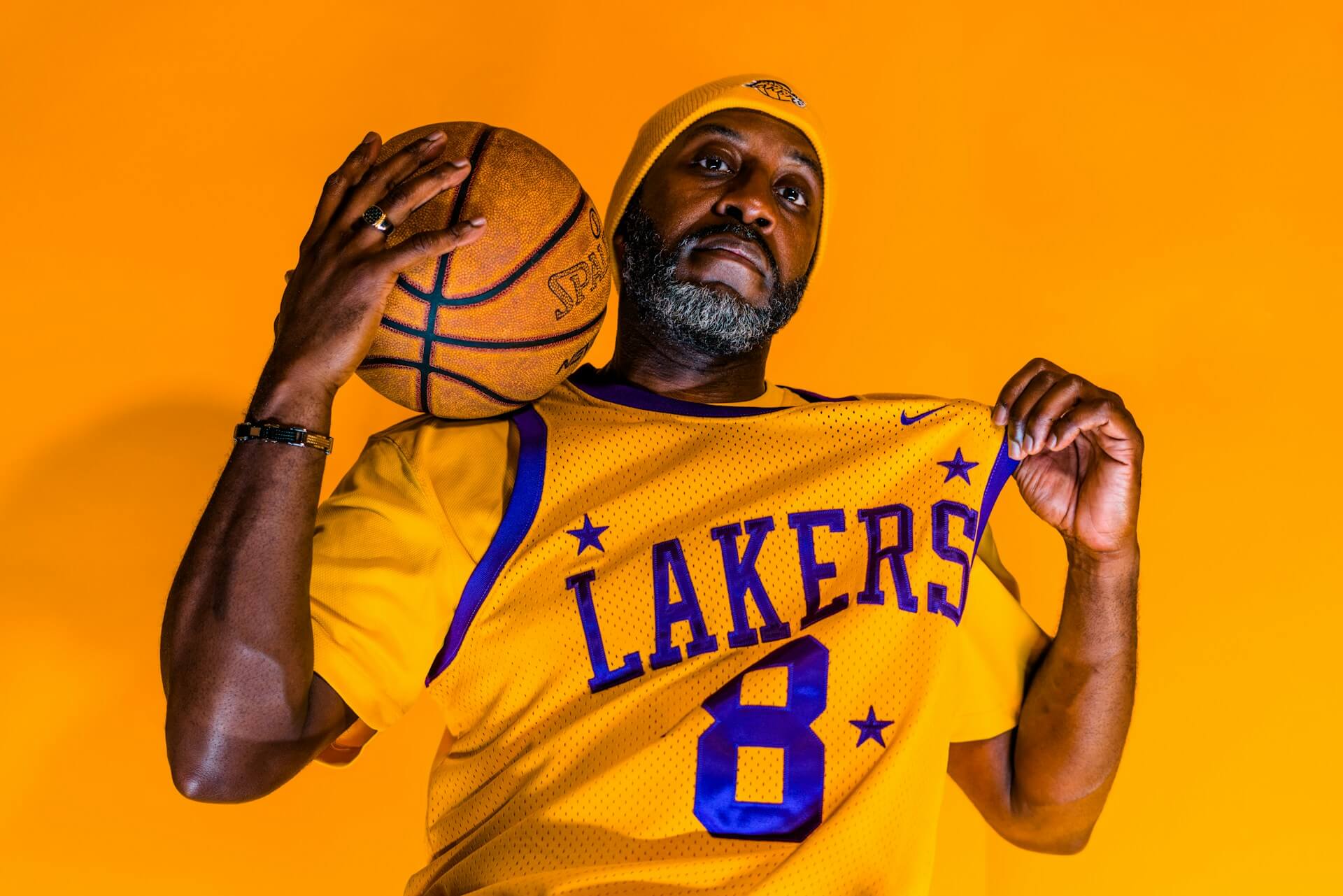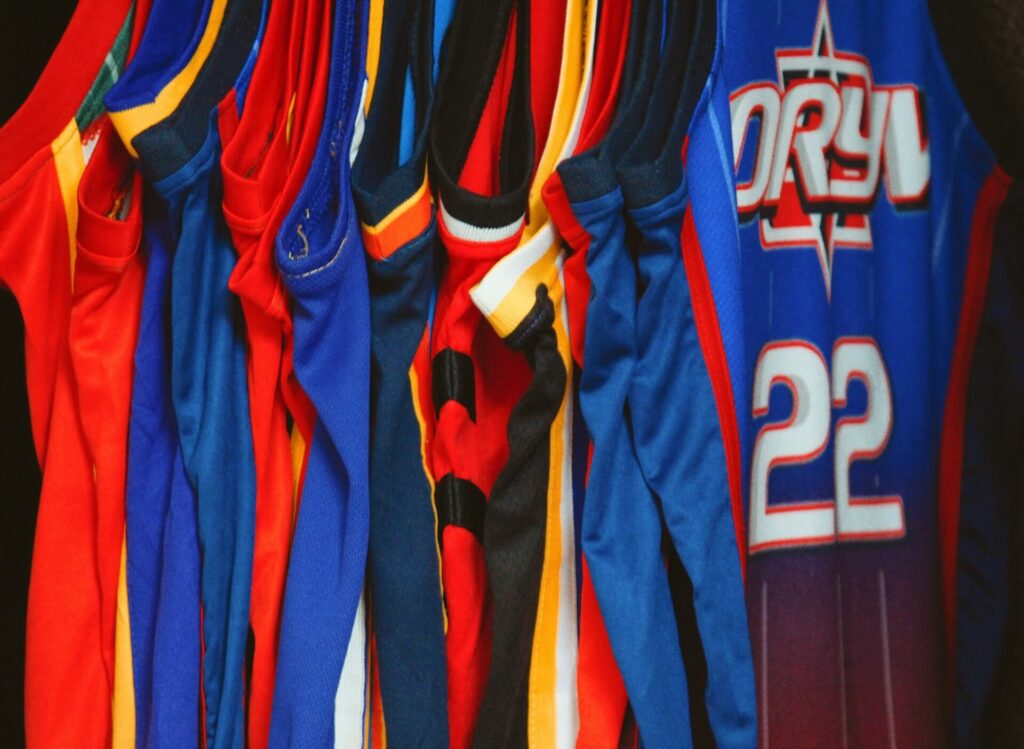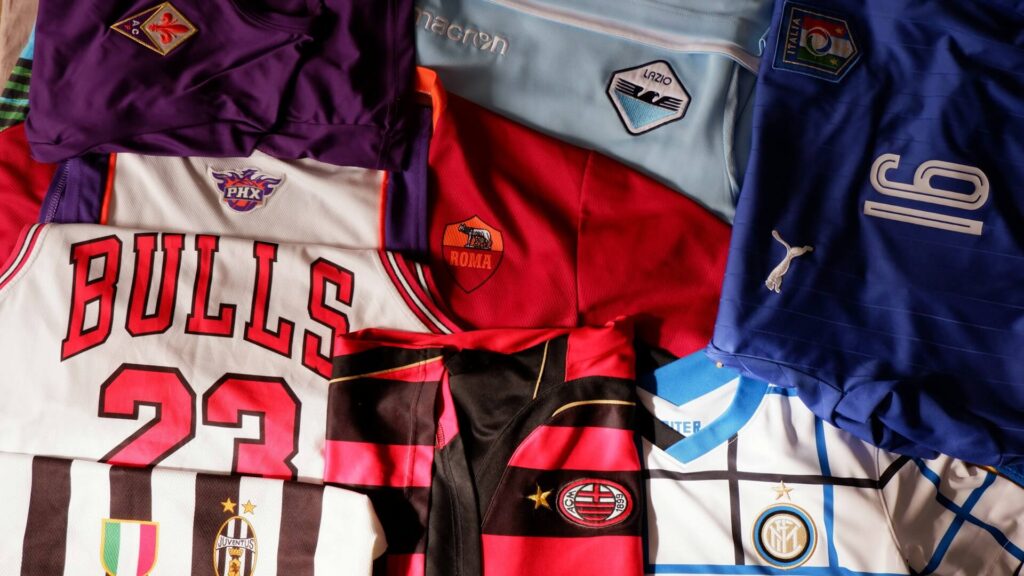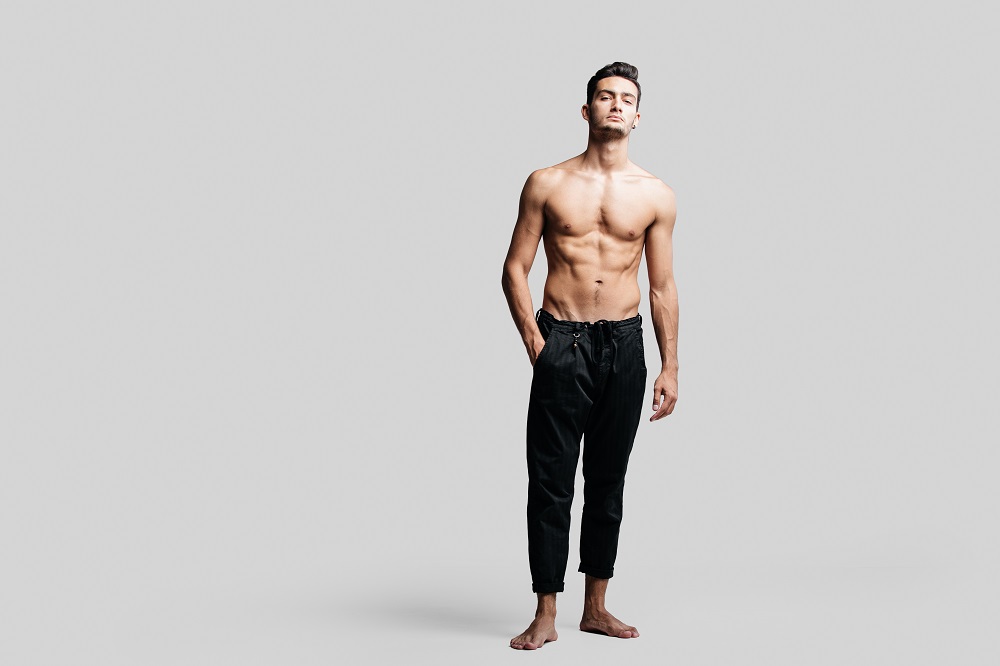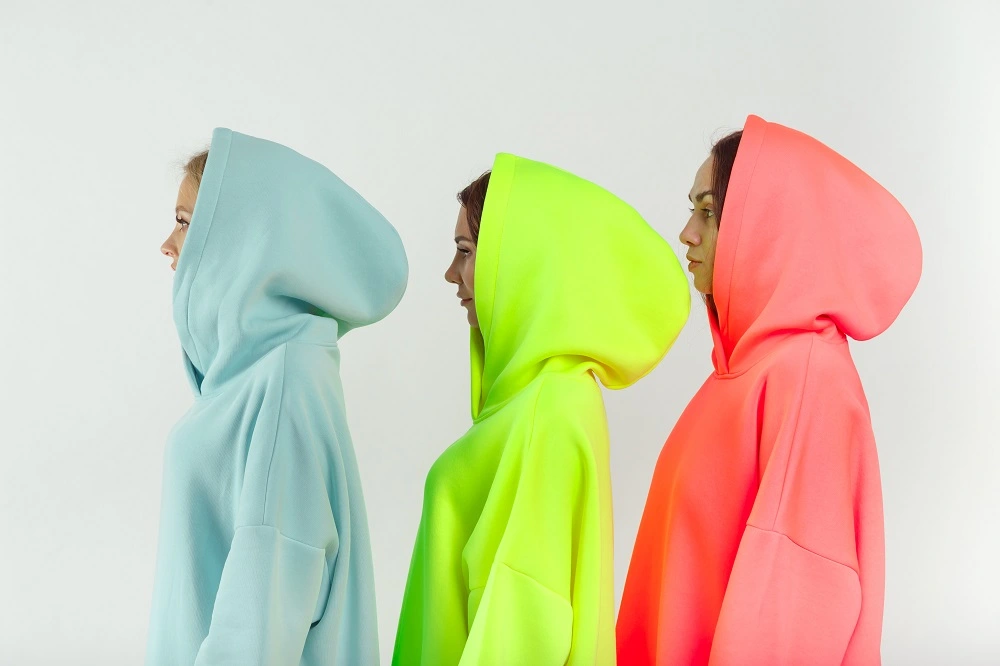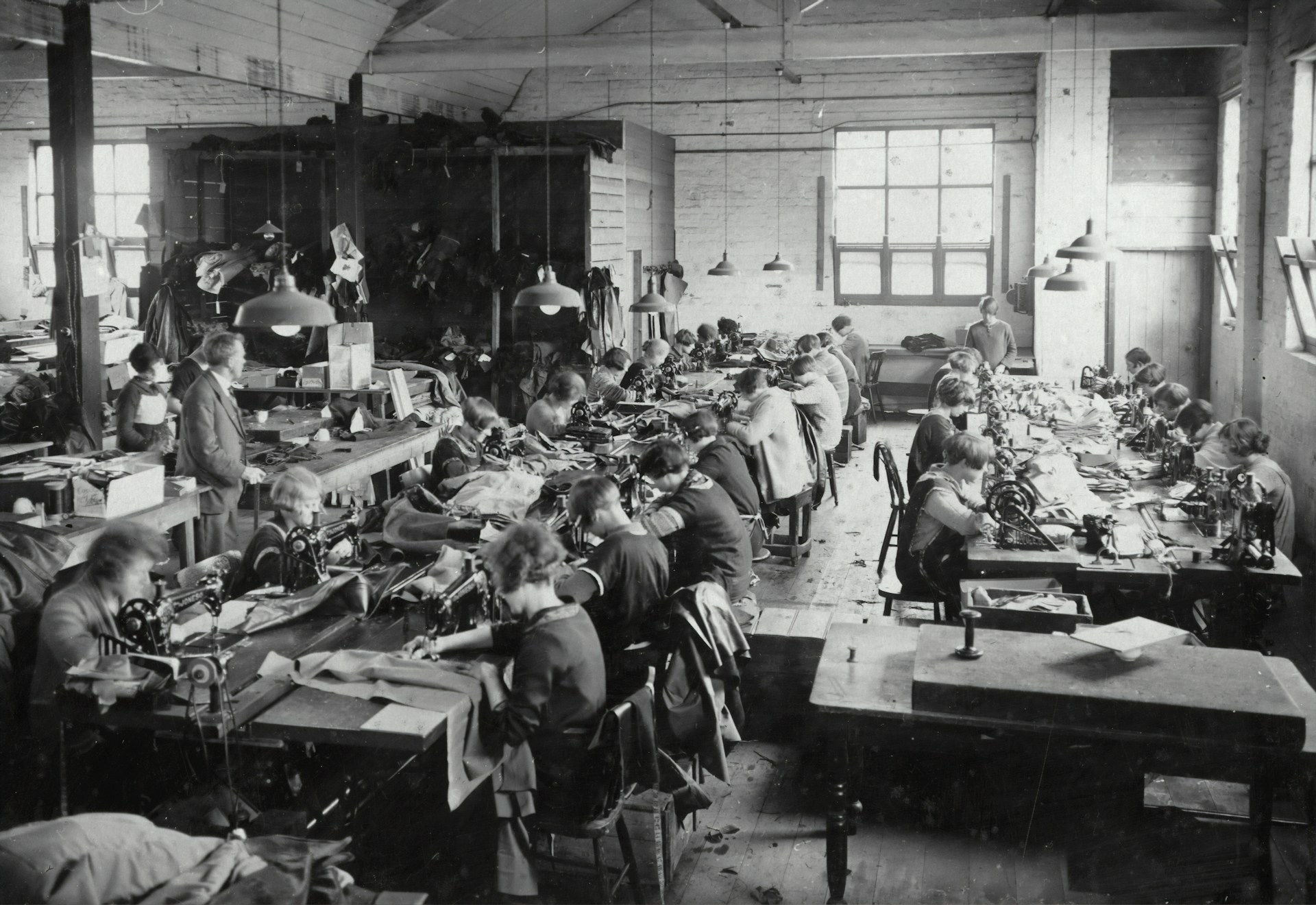Have you ever wondered what basketball jersey material is composed of? Whether you’re on the court competing or just learning how to start a clothing line, those jerseys represent more than just trendy sportswear. Their design prioritizes both comfort and optimal performance.
A well-thought-out warm-up attire can enhance players’ comfort levels and help them get ready for big matches or competitions. Basketball jerseys have advanced in design to keep players dry and cool, moving from the traditional mesh material to the newest basketball jersey material innovations. Let’s examine the components of these best materials for basketball jerseys and the reasons for their importance to the sport.
What Is Sports Jersey Fabric Called?
Sport Jersey is a knit fabric that’s frequently utilized in apparel. Traditionally, wool was used to make jersey fabric, but these days, cotton and synthetic materials are more frequently used to make cotton-blend basketball jerseys. Although jersey fabric is used to make a lot of athletic jerseys, “athletic jersey” is not the same as a “jersey.”
Jersey is a common fabric for T-shirts, undergarments, and other clothing that is worn next to the skin because of its close-knit and significant stretch. Jersey is best worn as a foundation layer underneath thicker, more robust clothing because of its lightweight nature, which makes it neither particularly durable nor insulating.
Jersey’s completely opaque, close-knit texture belies its extreme breathability and absorbency. This construction gives the jersey a pleasing drape, with the material used determining how strong the effect is.
Basketball Jersey Types
The term “jersey” describes the method of making the fabric, which involves knitting it on a specialized circular knitting machine. Various techniques result in a wide variety of basketball jersey fabric types.
One-piece Jersey (tricot)

There is a right side (face) and a wrong side (reverse) to traditional single jersey fabric. On a single bed, it is knitted with a single set of needles. For added elasticity, a small amount of elastane is frequently added during production. Bi-elastic fabric is what a single jersey is. This indicates that it has four lengthwise and crosswise stretches.
Double Jersey: Roma Ponte
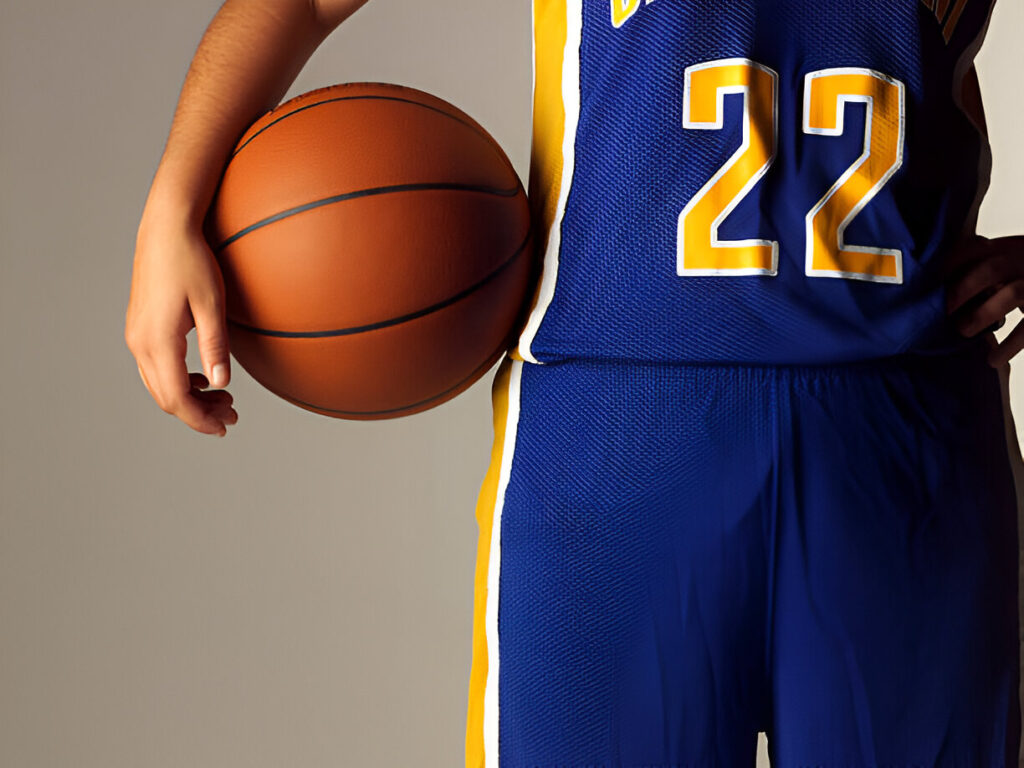
Knitting double jersey fabric requires two needle sets on two needle beds. This fabric is reversible; it can be used as double-faced or double-reversed fabric. Although it only stretches in one direction (crosswise), the Ponte di Roma jersey is more stable than a single jersey. Double jersey has a more built appearance and drapes better than single jersey because of its two layers. It goes well with suits, blazers, and dressy pants.
Interlock Jersey
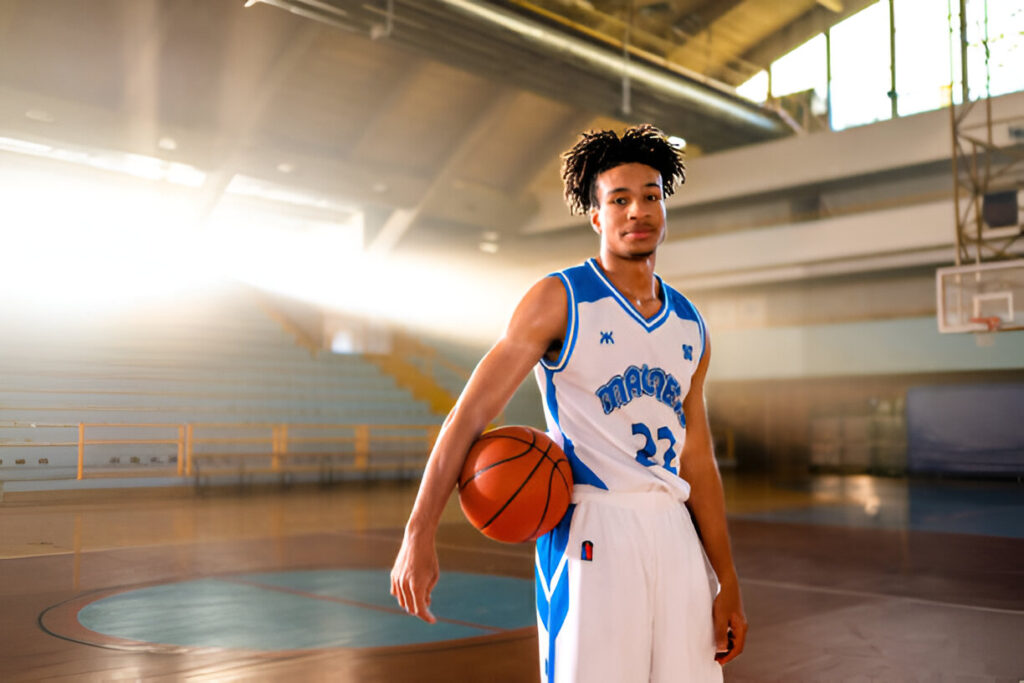
Double-faced fabric with knit stitching on both sides is called interlock jersey fabric. Because the yarn is fine and the stitches are typically very tight, this fabric appears especially compact. Compared to the single jersey, an interlock is stronger and has non-curling raw or cut edges. It is especially well-liked for infant apparel.
Jacquard Jersey

Another type of double-faced fabric is a jacquard jersey. Rather than being printed, Jacquard designs—patterns, relief, etc.—are knitted into the fabric using specialized stitches. Although jacquard jersey fabric has a wonderful drape and intricate stitching, it has less elasticity than other jersey varieties.
Spanx Jersey
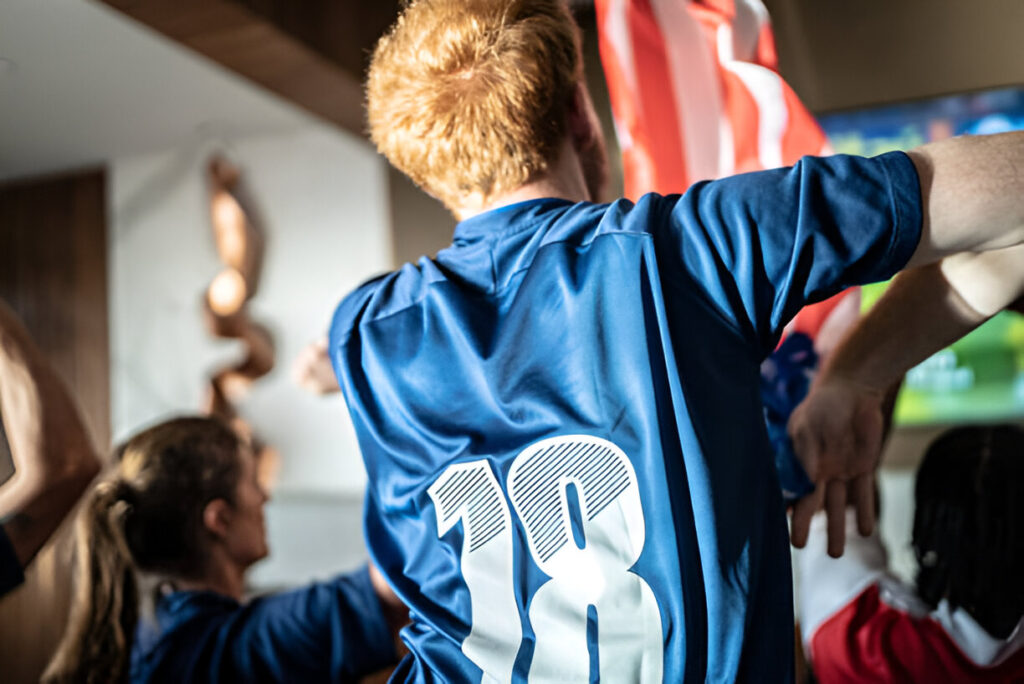
This term refers to jersey textiles that have a small amount of elastane added to cotton or other fiber yarns. This fabric is particularly well-suited for sportswear because it has greater flexibility and rebound.
What to Look for in Good Basketball Jerseys
- Quality: Professional quality is important to consider when selecting equipment for your team. Make sure the basketball jersey fabric is of high caliber. Professional quality refers to the organization’s adherence to the same standards as collegiate and semi-pro teams. This caliber of sportswear features durable fabrics for basketball jerseys, intricate designs, and handwritten text. The expense of professional-grade materials deters some teams from making the purchase. It is feasible to locate businesses that provide premium sportswear at a reasonable cost, though.
- Lightweight material and fabric: When choosing team uniforms, lighter materials are a wise choice. These fabrics extract moisture from the body. Because premium jersey material choices prevent the body from overheating and help it stay cool, they are known as breathable cloth. NBA mesh and dazzle are the recommended materials for basketball apparel, while coaches have several options.
- Letters and Graphics: Teams can choose to add dye or stitching to letters and graphics. Sewn-on images and fonts are more durable and provide a polished appearance. Conversely, a lot of businesses employ cutting-edge design methods that enable direct fabric dyeing of the images. With dye technology, these designs are less likely to be obscured. Either way produces a uniform that looks professional and gives you more possibilities for design.
- Color: The majority of coaches are aware of their team’s color scheme before they go uniform shopping. Because it symbolizes your team, the color is significant. When selecting the color scheme, you should take the league rules into account. Teams are prohibited from wearing the same colors in several leagues and competitions by adhering to strict rules. Locating a company with a wide selection of colors and a huge inventory is helpful.
- Comfort: Ensuring comfort is crucial for high-performance jersey materials. A player’s likelihood of performing poorly increases if he feels uncomfortable. Poor performance can result from discomfort preventing one from focusing. Certain sports apparel may potentially limit athletes’ range of motion. You should steer clear of any sportswear that will cause the players to feel hot and uncomfortable because of these reasons.
What Fabric is Used to Make Basketball Jerseys?
Polyester is a material that most basketball players choose to wear since it is lightweight and has moisture-wicking qualities. NBA uniforms and major athletic brands such as Adidas have supported polyester as the standard material for basketball apparel.
Conventional Materials for Basketball Uniforms
The degree to which basketball clothes have evolved since the sport’s inception is not surprising. The earliest basketball clothes were constructed from organic materials like wool and cotton. Wool is regrettably a thick, impermeable material that, for basketball players in the past, meant bulky jerseys that absorbed perspiration, limited range of motion, and made for an uncomfortable game of hoops.
Modern Fabrics’ Transition
The textile industry has advanced significantly in the development of fabrics since the end of World War Two. Basketball teams now have access to materials that are far more athletically appropriate, lighter, and more breathable. Particularly for breathable materials for basketball jerseys and shorts, synthetic materials like polyester, nylon, spandex, dazzle, and mesh are becoming more and more common.
Because synthetic materials are made with the specific purpose of transferring perspiration to their outer surface, players can benefit from improved airflow and cooling down. The following are some of the greatest materials available today for basketball jerseys:
Polyester
Polyester, a lightweight material that’s a favorite among NBA players, is ideal for exercise and sports. The remarkable moisture-wicking properties of polyester basketball jerseys help keep players from becoming uncomfortable or sweaty during the game.
The ease with which teams may personalize their jerseys with their names, emblems, and team colors is another factor contributing to the popularity of polyester basketball jerseys. Polyester is a favorite among those in charge of laundry because it is extremely simple to clean!
Nylon:
Stretching and shrinking are less common with nylon basketball jersey fabric than with other materials. For teams that don’t want to purchase new jerseys every season, its resistance to mildew and abrasion is ideal. Nylon’s elastic and stretchy properties allow it to be utilized with other textiles to create the necessary movement for basketball uniforms.
Mesh
Other synthetic materials are used to make mesh. It is constructed differently than other fabrics as it is loosely woven and features tiny holes (6-16 per inch) that make the mesh fabric for basketball jerseys exceptionally breathable. In particular, it keeps players cool and dry when they’re competing in hard basketball games or in hot weather, which is common in Australia. Mesh jerseys are quick-dry fabric jerseys that allow players to move freely because they are lightweight and flexible.
Dazzle
This lustrous material is a striking addition to basketball uniforms. It’s widely utilized to produce basketball and gym shorts material because of its fashionable appearance and loose fit. Dazzle is resilient and strong under stress as well. Dazzle fabric gives basketball outfits a stylish touch in addition to its sparkly factor. It’s a great option for basketball shorts as it’s comfy and long-lasting.
Dri-FIT
The primary function of Dri-FIT, a microfiber polyester fabric, is to keep athletes dry and comfortable. The moisture-wicking jersey material’s capacity to draw moisture away from your skin is what sets it apart. Its effective moisture management technique distributes perspiration along the fabric’s surface for rapid evaporation. Even after the longest and most grueling overtime, this keeps you dry.
Compression Fabric
Performance fabrics for basketball jerseys are revolutionary. It forms a tight wrap around your body to support and lessen muscle soreness. Think of it like having an energy-preserving helper with you during the game. Additionally, it increases blood circulation, which gives your muscles more of the blood that is rich in oxygen and keeps you alert.
Spandex
Spandex-blend jersey’s flexibility is well-known. It is usually used for clothing worn when there is a lot of movement required. It permits players to move around the court without restriction, enabling those incredible slam dunks!
What Material Are NBA Jerseys Made Of?
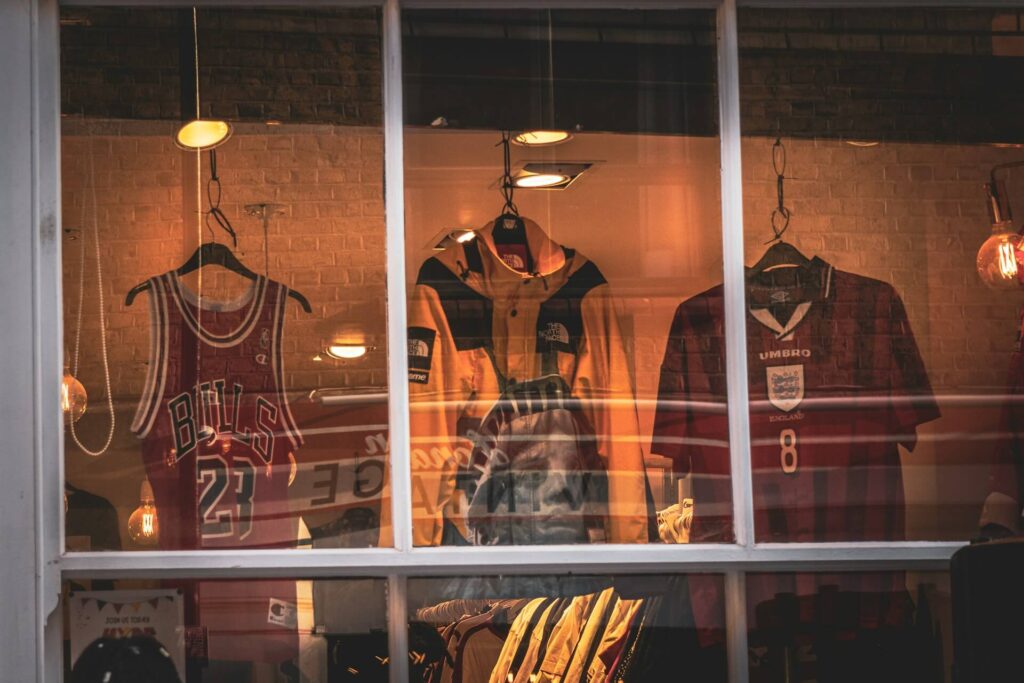
Are you looking to purchase high-quality NBA uniforms or jerseys? You can make excellent decisions by going with authentic NBA jerseys. For individuals who wish to wear clothes and styles inspired by custom NBA jerseys, polyester made of polyester is an excellent option. When it comes to personalizing fabric for apparel, polyester is an excellent option.
Being less prevalent and composed of thinner materials, cheap NBA jerseys are more suited for casual wear. For consumers looking to get genuine NBA jerseys at discounted prices as well as additional items from wholesalers. There are several options available when it comes to selecting the ideal NBA jersey fabric.
Last but not least, nylon is a popular material for genuine NBA jerseys; they are composed of lightweight jersey materials like spandex and polyester. Because NBA athletic jersey fabric options are composed of nylon, spandex, and polyester, it is one of the most popular options. NBA uniforms and cotton are just a few of the materials used to make NBA jerseys. They are constructed from lightweight materials like polyester and nylon. NBA jerseys are composed of lightweight materials like polyester and nylon. Not to mention, NBA uniforms and cotton are only a few of the materials used to make NBA jerseys. And lastly, synthetic fabrics for basketball jerseys
Final Words
That’s all, basketball jersey material guide! Wearing the colors of your club is important, but choosing the correct jersey also involves choosing the materials that will allow you to play at your peak. Your basketball jersey is a piece of performance gear because of the cutting-edge fabrics and unique design elements that make it more than simply a uniform.
Keep in mind that attire can have a significant impact on the game, whether you’re competing at a higher level or just having fun. Looking for the top custom shorts manufacturer of basketball uniforms? Basketball jerseys of the highest caliber and available in various sizes are created by Weft Apparel.

